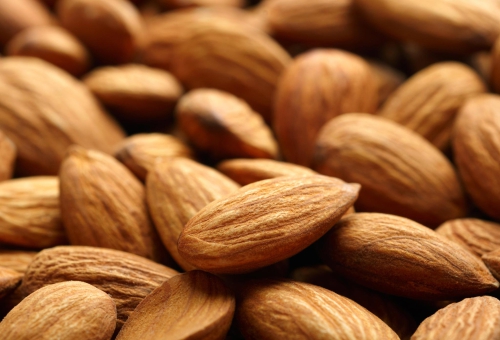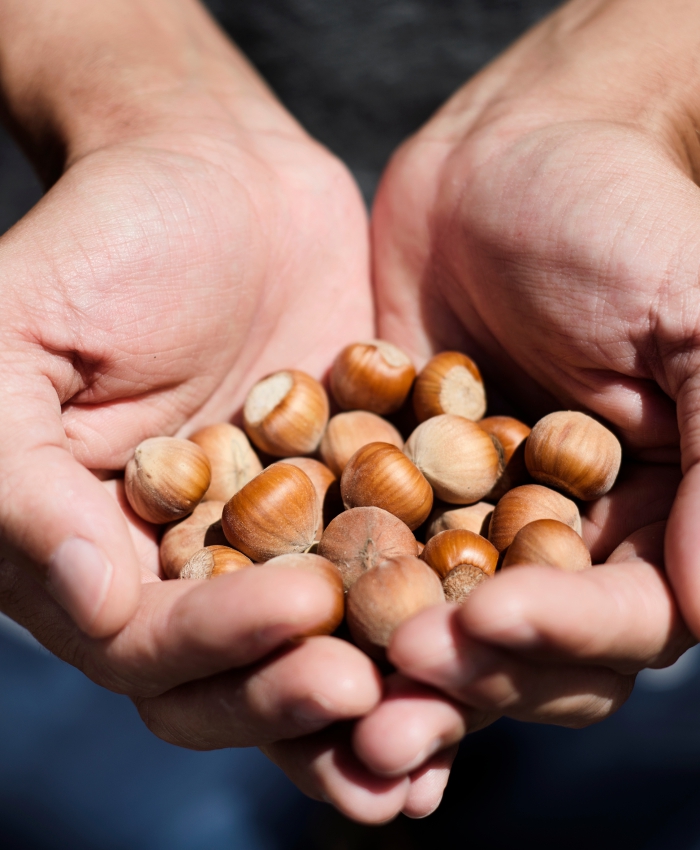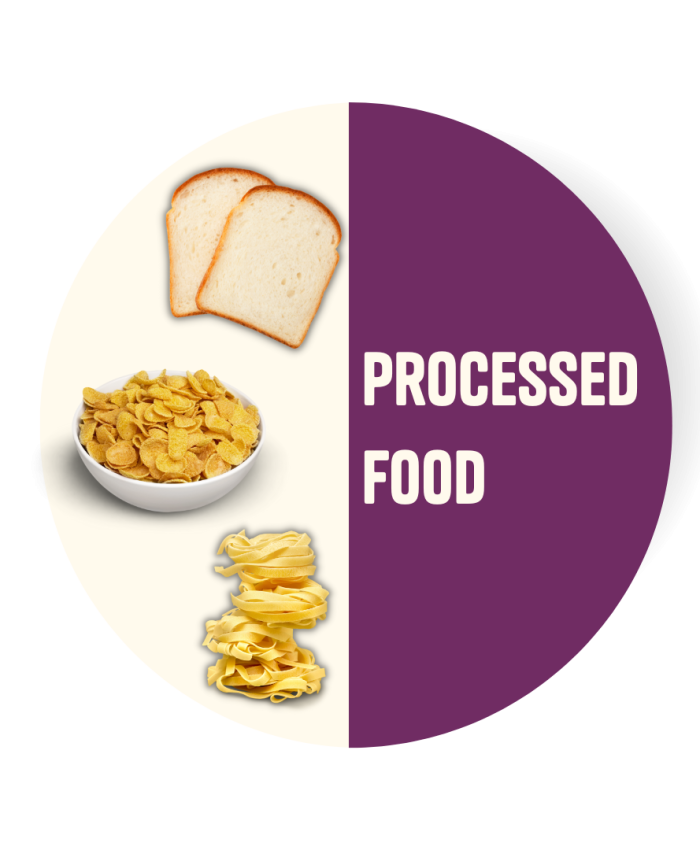

Whole Foods are ingredients given to us by nature. Pure, exactly as you find them in trees and bushes. So, why would we want to try and change nature when she provides everything we need? Whole Foods are, as the word suggests, wholesome food. No additives such as sugar are added, and nutrients like vitamins and minerals are not removed.


Whole Foods products are made with a base of “whole”, unprocessed ingredients. These ingredients contain the natural ratio of nutrients which ensure satiety and that every calorie is really nutritious. Whole Foods can be grains, but legumes, vegetables, fruits and nuts are more nutritious.
Does your breakfast consist of Whole Foods? They help you get through the morning more easily!


Food that we consider as “normal” is actually not normal at all nowadays. More than half of all calories in our diet come from processed raw materials. Food that is made with procssed ingredients lacks nutrients that are important for our body. On the contrary, nutrients, such as sugar and other carbohydrates, are always concentrated. White bread, white crackers, white pasta, pizza and all kinds of snacks are examples of processed food. And therefore, products high in empty calories with a minimal nutritional value.
Empty calories are created by processing raw materials because all kinds of nutrients (e.g. protein, fiber, micronutrients) are sieved out. What remains after processing is a concentrated amount of carbohydrates and fats. As a result, both carbohydrates and fats are overrepresented in our daily diet. The consequences are dramatic: Our body gets upset, also known as ‘metabolic disruption’. It leads to the disruption of our energy balance that fluctuates when eating processed foods. This causes energy highs and lows throughout the day. Other effects of a “processed eating habit” are inflammatory reactions and insulin insensitivity. This greatly increases our risk of obesity and chronic diseases.
We have compiled a list a list of examples of processed ingredients and the different aliases they carry.
What are processed raw materials?

Did you know that our food is responsible for no less than 20% of our CO2 emissions? Half of these emissions come from non-circularly produced food and beverage of animal origin. Think of milk, eggs and meat. Reducing the consumption of these products is therefore essential for sustainable food chain and consumption behaviour, and also to realize a direct impact on reducing CO2 emissions.
However, many plant-based foods are currently heavily processed, which causes an enormous drop in nutritional value. We must create more sustainable eating habits by consuming less livestock products and more nutritious plant-based products. Whole Food products are the most ideal solution to achieve that because all nutrients, think of proteins, fibers and micro nutrients, are retained. For example, the nutritional values of products made with ‘whole’ legumes, nuts, kernels and seeds are often equal to or sometimes even better than animal products. We take out “the cow”, if you will. We apply exactly that to our TastyBasics products. That is why we say: The Future is Whole Foods.
The Future is Whole foods
